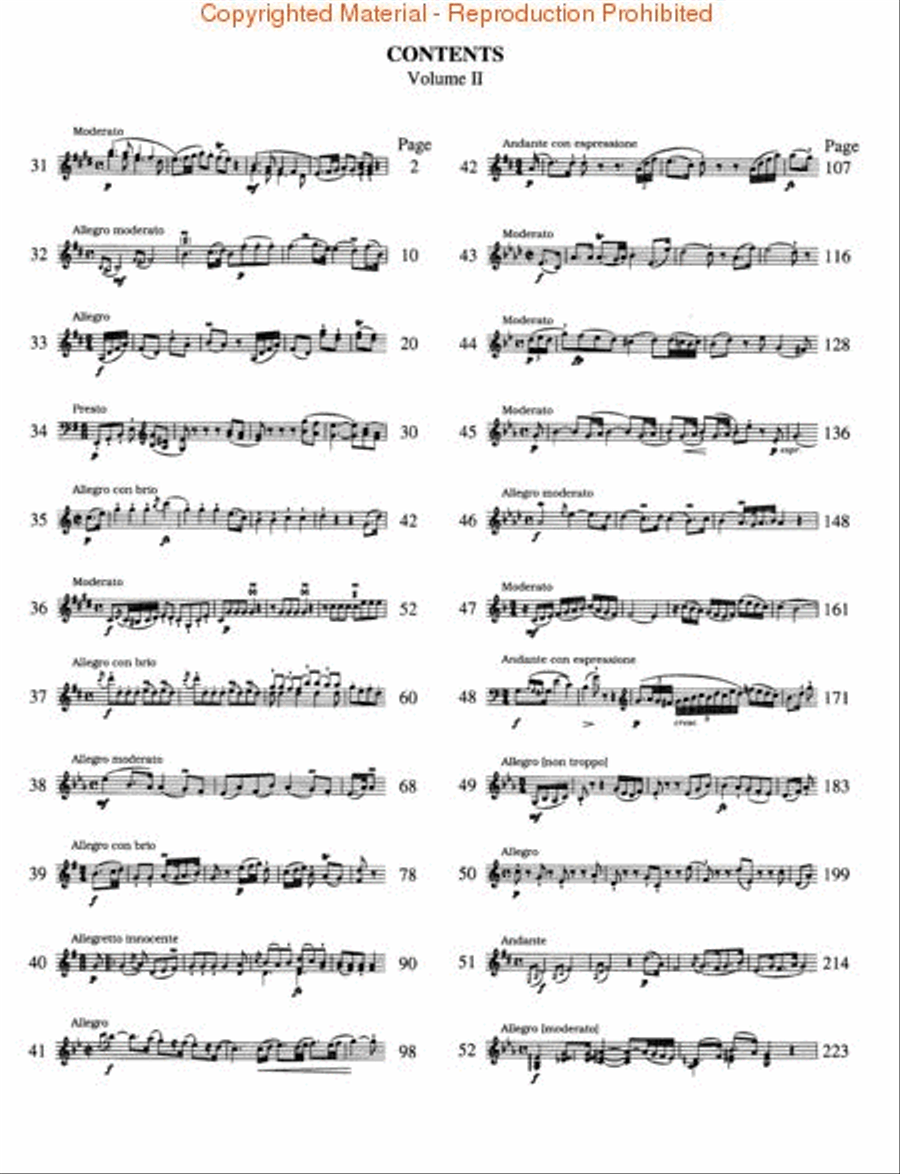|
★
|
Scott J.
August 25, 2024
Well, it gets you Haydn's notes, but all the slur marks and articulations are fictional and non-stylistic; no respect for Haydn
Well, to paraphrase the famous line of "too many notes" in Amadeus, here we have, "well, it gets you Haydn's notes for the most part...isn't that good enough?"
The Editor has no respect for the meticulous articulation marks indicating slurring of groups, and almost always articulating the strong beats; instead, the editor slurs into the last note of the passagework, not understanding Haydn was fastidious in his articulations - as can be seen in all of his music, and 90% ot the time would articulate the beats - giving it a great metric dance and drive. Slurring into all the beats, just makes it sound miniaturized in terms of it's energy and vitality. Just look at responsible editions of all of his music - his string quartets and symphonies, where he wrote out detailed interpretive marks with respect to articulation and slurring - it's impossible to miss, there is no excuse. Even using "old plates" to create a "new edition", other editors have been able to clean up incorrect start points and ending points of slurs, and publishers have done the composer, as well as the teacher and student a great service by this practice. But not here. Such a pity.
Many other editors have done it, but any responsible edition these days generally reflects the composers slur marks, and other various articulations. Not here. If I bought this for a student, I'd have to break likely 50 slurs on each page to bring back what Haydn intended the performer to play. It greatly diminishes the music. Otherwise, this collection would be a welcome affordable presentation of Haydn's great music.
Notably, the Schirmer edition does the same with the Beethoven Sonatas, which also show meticulous editing.
And both Haydn and Beethoven, when they slurred into a beat, it was deliberate, and it causes a very different effect intentionally, going against the metric pulse for a deliberate musical reason. Again, they were clear and consistent with that. I wish Schirmer would take its head out of ......its.....19th century corrupted editions that have persisted through the 20th century, in many of their editions, with the occasional wonderful exception. And this, "new" edition, would have been a wonderful opportunity.
I have a student I want to introduce to Haydn, and the convenience of this would have been perfect, but this is a deal-breaker. Also, the ornaments, also largely corrupted...the trills still tended to start on the upper neighbor note, rather than in their footnotes, starting on the principle tone. This is also largely documented, and even applies to more than 50% of the trills in Chopin, in the mid-19th century...he is clear as well, but so many overlook this.
Better to get Wiener Urtext edition - it is perhaps the best, but costs more.
|







